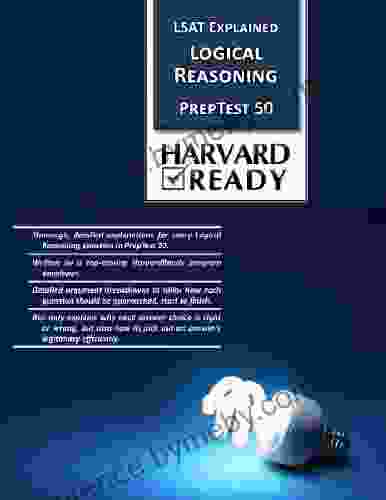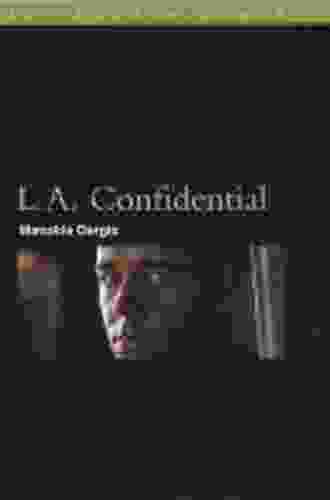Master the LSAT with Logical Reasoning PrepTest 50: An In-Depth Explanation of Logical Reasoning PrepTest 20

The Law School Admission Test (LSAT) is a standardized test required for admission to law schools in the United States and Canada. The LSAT is designed to assess critical thinking, reading comprehension, and analytical reasoning skills.
One of the most challenging sections of the LSAT is the Logical Reasoning section. This section tests your ability to analyze arguments and reasoning patterns. In this article, we will provide an in-depth explanation of Logical Reasoning PrepTest 20 from PrepTest 50. We will discuss the different question types, provide strategies for answering each type of question, and offer tips for improving your Logical Reasoning score.
Logical Reasoning PrepTest 20 is a set of 25 questions that cover a variety of argument types. The questions are divided into four different types:
5 out of 5
| Language | : | English |
| File size | : | 198 KB |
| Text-to-Speech | : | Enabled |
| Screen Reader | : | Supported |
| Enhanced typesetting | : | Enabled |
| Print length | : | 40 pages |
| Lending | : | Enabled |
- Must Be True questions ask you to identify a statement that must be true based on the information provided in the stimulus.
- Could Be True questions ask you to identify a statement that could be true based on the information provided in the stimulus.
- Must Be False questions ask you to identify a statement that must be false based on the information provided in the stimulus.
- Cannot Be True questions ask you to identify a statement that cannot be true based on the information provided in the stimulus.
There are a number of strategies that you can use to improve your performance on Logical Reasoning questions. Some of these strategies include:
- Read the stimulus carefully. Make sure you understand the main argument and the evidence that is being presented.
- Identify the question type. Determine what type of question you are being asked and what you need to do to answer it correctly.
- Eliminate incorrect answer choices. Start by eliminating the answer choices that you know are incorrect. This will make it easier to choose the correct answer.
- Choose the best answer. Once you have eliminated the incorrect answer choices, choose the answer that is most strongly supported by the evidence.
In addition to the strategies discussed above, there are a number of other things that you can do to improve your Logical Reasoning score. These include:
- Practice regularly. The more you practice, the better you will become at identifying argument types and answering questions correctly.
- Take timed practice tests. This will help you get used to the time constraints of the LSAT.
- Review your mistakes. After you take a practice test, review your mistakes and try to identify the areas where you need to improve.
- Get feedback from a tutor or teacher. A tutor or teacher can help you identify your strengths and weaknesses and provide you with personalized feedback.
Logical Reasoning is a challenging section of the LSAT, but it is possible to improve your score with practice and preparation. By understanding the different question types, using effective strategies, and getting feedback from a tutor or teacher, you can increase your chances of scoring well on the LSAT.
We hope this article has been helpful. If you have any questions, please feel free to contact us.
Good luck with your LSAT preparation!
- LSAT Logical Reasoning PrepTest 50
- Logical Reasoning PrepTest 20 Explanations
- LSAT Logical Reasoning Tips
5 out of 5
| Language | : | English |
| File size | : | 198 KB |
| Text-to-Speech | : | Enabled |
| Screen Reader | : | Supported |
| Enhanced typesetting | : | Enabled |
| Print length | : | 40 pages |
| Lending | : | Enabled |
Do you want to contribute by writing guest posts on this blog?
Please contact us and send us a resume of previous articles that you have written.
 Book
Book Novel
Novel Page
Page Chapter
Chapter Text
Text Story
Story Genre
Genre Reader
Reader Library
Library Paperback
Paperback E-book
E-book Magazine
Magazine Newspaper
Newspaper Paragraph
Paragraph Sentence
Sentence Bookmark
Bookmark Shelf
Shelf Glossary
Glossary Bibliography
Bibliography Foreword
Foreword Preface
Preface Synopsis
Synopsis Annotation
Annotation Footnote
Footnote Manuscript
Manuscript Scroll
Scroll Codex
Codex Tome
Tome Bestseller
Bestseller Classics
Classics Library card
Library card Narrative
Narrative Biography
Biography Autobiography
Autobiography Memoir
Memoir Reference
Reference Encyclopedia
Encyclopedia Phil Boyle
Phil Boyle Jane Wurwand
Jane Wurwand James M Dahle Md
James M Dahle Md Jason Frye
Jason Frye Jan Kunz
Jan Kunz Janine Waclawski
Janine Waclawski Neely Spence Gracey
Neely Spence Gracey Jamie L B Deenihan
Jamie L B Deenihan James M Boles
James M Boles Tegan Maher
Tegan Maher James O Reilly
James O Reilly Lisa Shawver
Lisa Shawver Jared Mandani
Jared Mandani Manny Khoshbin
Manny Khoshbin Jay Matthews
Jay Matthews Sylvia Larsen
Sylvia Larsen Jane Allen Petrick
Jane Allen Petrick Jane Bingham
Jane Bingham Jan Gaye
Jan Gaye Maren Stoffels
Maren Stoffels
Light bulbAdvertise smarter! Our strategic ad space ensures maximum exposure. Reserve your spot today!
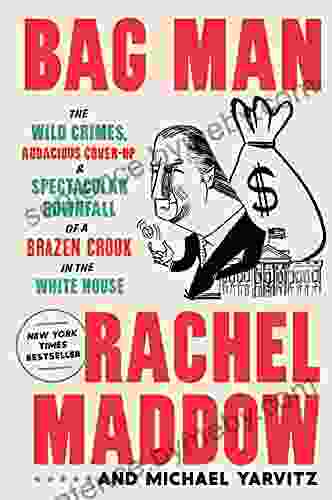
 Calvin FisherThe Wild Crimes, Audacious Cover-Up, and Spectacular Downfall of Brazen Crook...
Calvin FisherThe Wild Crimes, Audacious Cover-Up, and Spectacular Downfall of Brazen Crook...
 Jace MitchellNever Surrender: The Kurtherian Gambit 16 - The Epic Conclusion You Don't...
Jace MitchellNever Surrender: The Kurtherian Gambit 16 - The Epic Conclusion You Don't...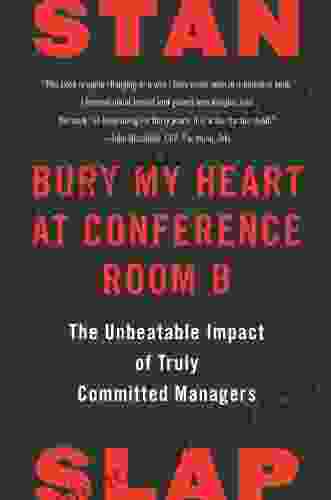
 Thomas PowellThe Unrivaled Impact of Committed Managers: A Journey of Transformation and...
Thomas PowellThe Unrivaled Impact of Committed Managers: A Journey of Transformation and... Donovan CarterFollow ·9.8k
Donovan CarterFollow ·9.8k David PetersonFollow ·11.6k
David PetersonFollow ·11.6k Aldous HuxleyFollow ·8.8k
Aldous HuxleyFollow ·8.8k Zadie SmithFollow ·13.6k
Zadie SmithFollow ·13.6k Mark MitchellFollow ·16k
Mark MitchellFollow ·16k Henry JamesFollow ·8.7k
Henry JamesFollow ·8.7k Walter SimmonsFollow ·18.8k
Walter SimmonsFollow ·18.8k Carlos DrummondFollow ·2.2k
Carlos DrummondFollow ·2.2k
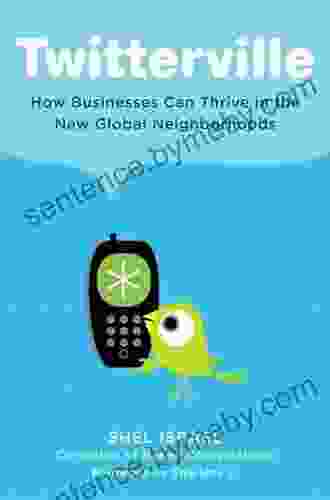
 Franklin Bell
Franklin BellHow Businesses Can Thrive In The New Global Neighborhoods
The world is becoming...
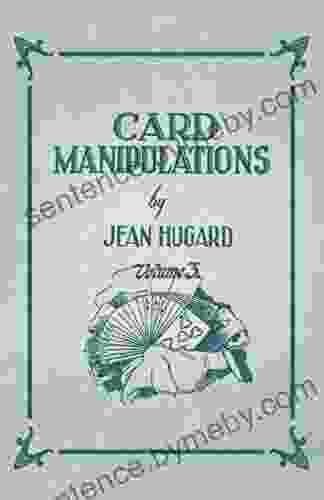
 Rob Foster
Rob FosterCard Manipulations Volume 1: A Masterclass in Deception...
Unveiling the...
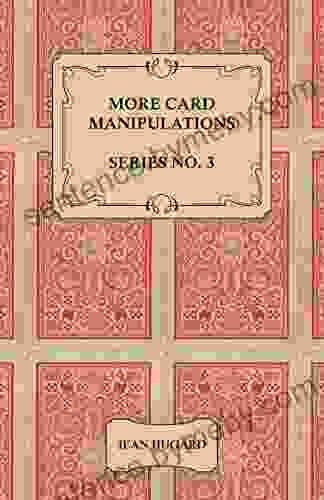
 Enrique Blair
Enrique BlairUnveil the Secrets of Card Manipulation: Dive into "More...
Step into the captivating world...
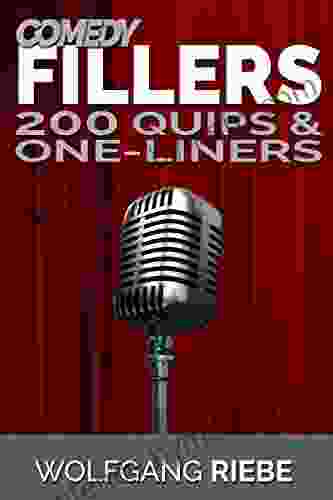
 Jamal Blair
Jamal BlairComedy Fillers 200 Quips One Liners Jean Hugard
Unlock the Secrets of...

 Chase Simmons
Chase SimmonsUnlock Financial Independence: A Comprehensive Guide to...
In a world where financial security seems...
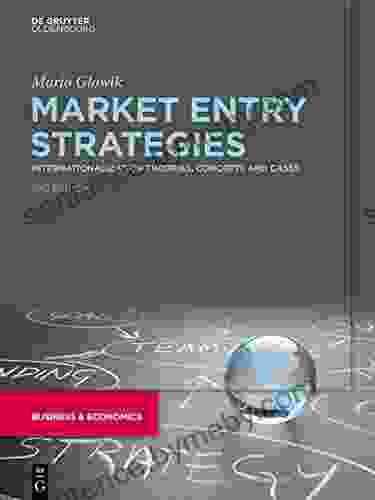
 Dion Reed
Dion ReedUnveiling Global Market Entry Strategies: A Comprehensive...
Global Market Entry Strategies:...
5 out of 5
| Language | : | English |
| File size | : | 198 KB |
| Text-to-Speech | : | Enabled |
| Screen Reader | : | Supported |
| Enhanced typesetting | : | Enabled |
| Print length | : | 40 pages |
| Lending | : | Enabled |


